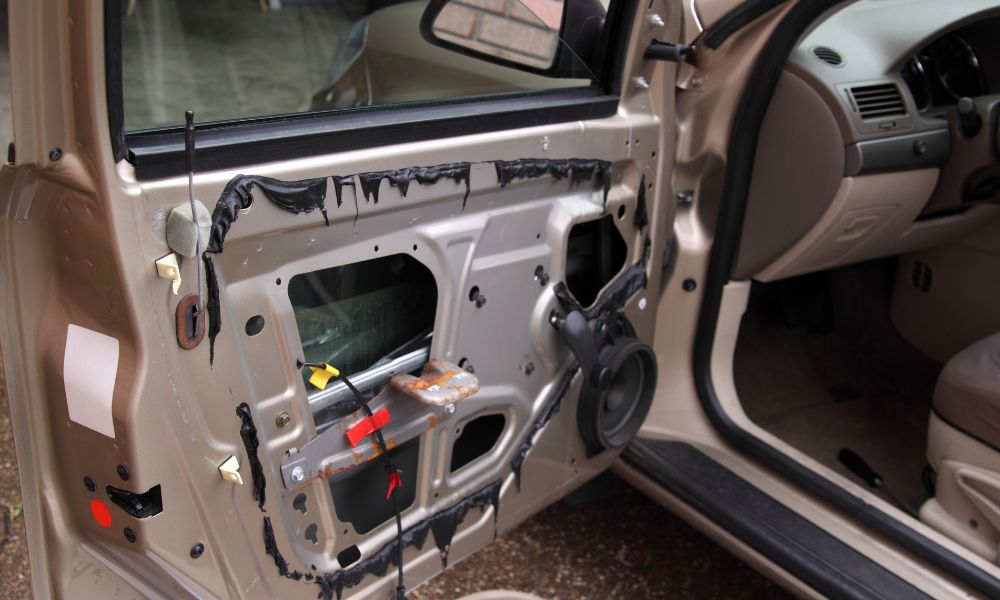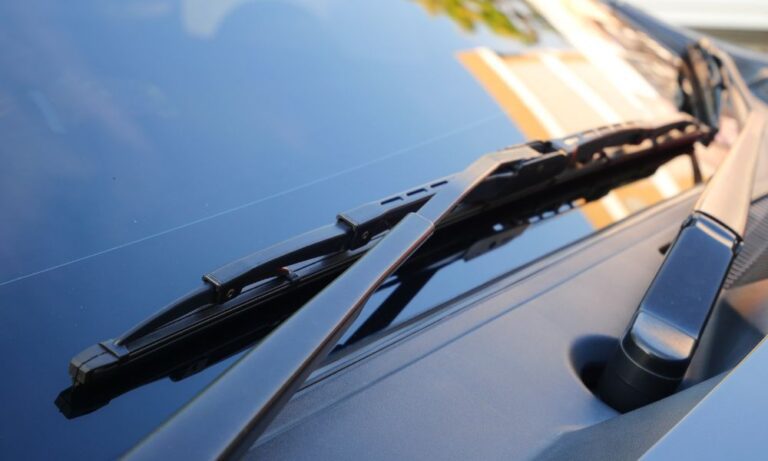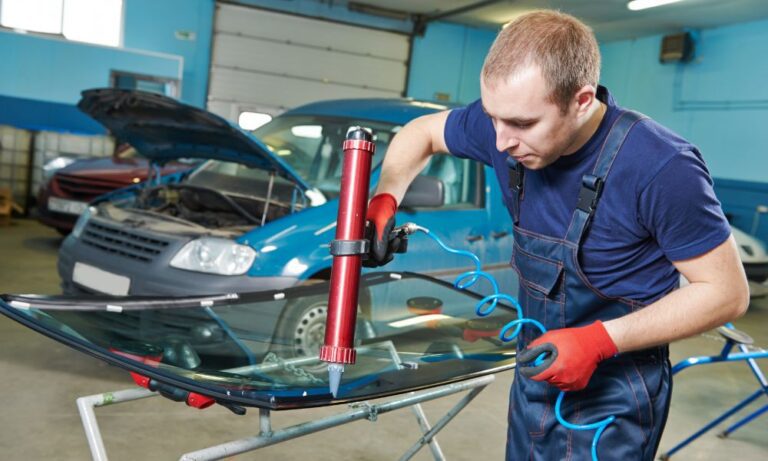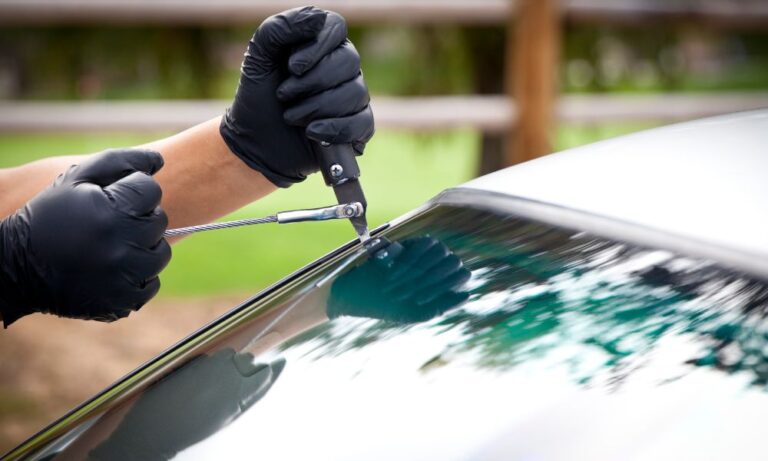Heated windshield wipers: A Complete Guide If you live in...
All You Need To Know About Car Window Regulators

Car window regulators are an essential component of a vehicle’s power windows. They are responsible for controlling the movement of a car’s windows and ensuring they move up and down smoothly. While many drivers don’t think much about their car’s window regulators until something goes wrong, it’s important to understand how they work and how to maintain them to avoid costly repairs down the line.
In this blog, we’ll explore everything you need to know about car window regulators, including what they are, how they work, common issues that can arise, and how to maintain them.
What are car window regulators?
Car window regulators are mechanisms that allow the windows in a car to be raised or lowered. They are typically found in power window systems, which use an electric motor to move the window up and down.
The window regulator consists of several components, including a metal track or channel that guides the window up and down, a motor or crank handle that provides the power to move the window, and a series of gears and cables that transmit the power from the motor or crank handle to the window.
When the driver or passenger presses the button or turns the crank handle to lower or raise the window, the motor or handle turns the gears and cables, which move the window up or down the metal track or channel. The regulator is designed to provide smooth and controlled movement of the window, ensuring that it stays in place when the window is open or closed.
Window regulators can be prone to wear and tear over time, particularly in older cars. When this happens, the window may become stuck, move slowly, or make unusual noises. In some cases, the regulator may need to be replaced to restore proper function to the window.
Types of car window regulators and how do they work?
There are two main types of car window regulators: manual and power.
Manual window regulators use a hand crank to move the window up and down. When the driver or passenger turns the crank, it rotates a gear that is connected to a scissor-like mechanism. The scissor mechanism moves the window up and down along a metal track or channel.
Power window regulators, on the other hand, use an electric motor to move the window. The motor is connected to a gear or pulley, which drives a cable or a series of cables that are connected to the window. When the driver or passenger presses the button to lower or raise the window, an electrical circuit is completed, and power is sent to the motor. The motor then turns the gear or pulley, which moves the cable and the window up or down along the metal track or channel.
In both types of regulators, there are typically several components that work together to move the window smoothly and efficiently. These components can include the motor or hand crank, the gear or pulley, the cables, and the scissor-like mechanism. When any of these components are damaged or worn out, the regulator may malfunction, causing the window to move slowly or not at all. In some cases, the regulator may need to be repaired or replaced to restore proper function to the window.
What are the common issues that arise with car window regulators?
There are several common issues that can arise with car window regulators, including the following:
1] Window not moving:
If the window is stuck and won’t move up or down, it could be a problem with the regulator. The regulator may be damaged or broken, preventing the window from moving along the track or channel.
2] Slow or uneven movement:
If the window moves slowly or unevenly, it could be a sign of a worn-out regulator. The gears, cables, or scissor-like mechanism may be worn, causing the window to move sluggishly or in a jerky manner.
3] Unusual noises:
If the window makes unusual noises when it moves, such as grinding or clicking, it could be a sign of a problem with the regulator. The gears, cables, or other components may be damaged or worn, causing the noise.
4] Window falls down:
If the window falls down into the door when it is supposed to be up, it is likely due to a broken or damaged regulator. The scissor-like mechanism or cables may have broken, causing the window to fall.
5] Window crooked or misaligned:
If the window appears crooked or misaligned, it could be a problem with the regulator. The scissor-like mechanism may be bent or damaged, preventing the window from moving smoothly along the track or channel.
If you experience any of these issues with your car window regulator, it is important to have it checked and repaired by a professional mechanic to ensure the safe and reliable operation of your vehicle.
How to maintain car window regulators?
To keep your car window regulators functioning properly, there are several maintenance tips that you can follow:
- Keep the tracks and channels clean: Dirt, debris, and other particles can accumulate in the tracks and channels of the window regulator, causing it to work poorly. Regularly clean the tracks and channels with a soft cloth or brush to remove any buildup.
- Lubricate the moving parts: Use a silicone spray or other lubricant to keep the moving parts of the regulator, such as the gears and cables, lubricated and moving smoothly.
- Avoid slamming the door: Slamming the door can put unnecessary stress on the window regulator and cause it to wear out faster. Instead, close the door gently to avoid damaging the regulator.
- Use the windows regularly: Regularly using the windows helps to keep the regulator in good condition by keeping the parts lubricated and preventing them from becoming stiff or stuck.
- Check the window alignment: If the window appears crooked or misaligned, it could be a sign of a problem with the regulator. Have the regulator checked by a professional mechanic to ensure that it is working properly.
By following these tips, you can help to extend the lifespan of your car window regulators and prevent the need for costly repairs or replacements in the future.
Frequently Asked Questions On Car Window Regulators
1. What causes car window regulators to fail?
Car window regulators can fail due to wear and tear, lack of maintenance, or damage caused by accidents or other factors. The moving parts of the regulator, such as the gears and cables, can become worn or damaged over time, leading to malfunctions.
2. Can I fix a car window regulator myself?
If you have experience working on cars and feel comfortable with the repair, you may be able to fix a car window regulator yourself. However, if you are not experienced with automotive repairs, it is best to have a professional mechanic handle the repair to ensure it is done correctly.
3. How much does it cost to replace a car window regulator?
The cost of replacing a car window regulator can vary depending on the make and model of the vehicle and the severity of the damage. On average, the cost can range from $150 to $500, including parts and labor.
4. Can I drive with a broken car window regulator?
It is not recommended to drive with a broken car window regulator. A malfunctioning regulator can cause the window to become stuck or fall down unexpectedly, which can be dangerous while driving. Additionally, an open window can allow debris or rainwater to enter the vehicle, causing damage or discomfort.
5. How long does a car window regulator last?
The lifespan of a car window regulator can vary depending on the quality of the parts and the frequency of use. On average, a window regulator can last between 5 to 10 years, but with proper maintenance, it can last longer.
With GlassFixit, you don’t have to worry about your spoilt car window regulator. Contact us to get a quote.
Read more Articles
How To Find The Best Windshield Repair Service Near You?
How To Find The Best Windshield Repair Service Near You?...
Windshield Repair vs. Replacement: Which Option is Right for You?
Windshield Repair vs. Replacement: Which Option is Right for You?...



